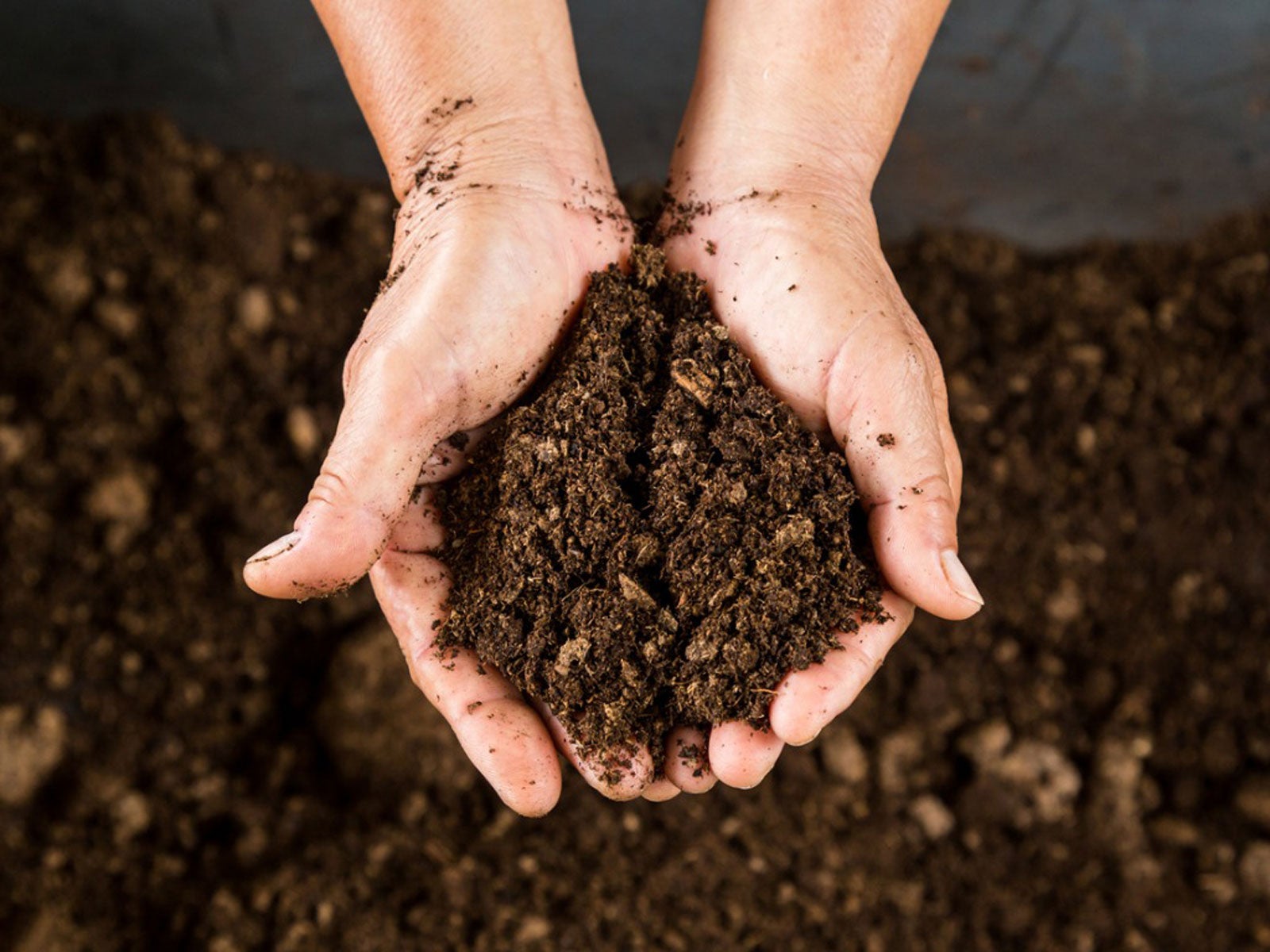Peat Moss And Gardening - Information About Sphagnum Peat Moss
Using peat moss for garden purposes improves the soil, but harvesting it and sphagnum peat moss is a controversial practice that’s not great for the environment.

What Is Peat Moss? And How To Use It In The Garden
Using peat moss for the garden prompts frequent discussions among garden growers. What is it used for? Peat moss in soil provides the right amount of texture that keeps it light and yet retains moisture. Sphagnum peat moss is a type of peat used to condition soil and give plants the medium that is perfect for root growth and nutrient uptake.
What Is Peat Moss?
Peat moss for gardens is harvested from bogs, fens, or peatlands. Sphagnum peat moss is an aquatic plant that floats on the surface of waterways such as the edges of ponds. Over time it builds up a thick carpet of the stuff, providing growing space for other riparian plants, or plants that grow along the edge of water. As the peat plant matures, the older material dies but new peat grows on top. This leads to a thick layer of both dead and live peat moss.
Most of our gardening peat moss is harvested in Russia and Canada. There are 120 plants in the genus Sphagnum, and these tiny plants take their nutrients from the moisture and air, rather than soil like most plants.
Sphagnum Moss vs. Peat Moss
If you have ever been to a craft store, bags of sphagnum moss are sold. These cost much more than the “peat moss” found in garden centers. The sphagnum moss is used for decorative purposes, while peat is a soil amendment. Both come from the same plant but have different uses.
Sphagnum moss is the top living layer of the plant. It takes up to 7 years to replenish this layer, so harvesting must be done carefully to avoid damaging the ecosystem. Peat moss is the mostly dead lower layer of material. It is the dead, slowly decomposing old Sphagnum moss as well as twigs, sticks, and other items that fell onto the layers. Peat moss decomposes slowly due to the lack of oxygen in its moisture-saturated site. With sphagnum moss, the plant parts are recognizable, while peat moss has no distinguishable plant parts.
Peat Moss Uses
Peat moss soil mixtures are very common. Most of our purchased potting soil will contain some peat. It is excellent for plants that like higher acidity and will lower the pH in the soil.
Using peat moss for garden soil amendment in arid zones helps the soil retain moisture and aerates it, and is easy to incorporate due to its crumbly texture and looseness. In container mixtures, peat helps hold moisture in the pot that is prone to evaporating away before plants can uptake the water.
Gardening tips, videos, info and more delivered right to your inbox!
Sign up for the Gardening Know How newsletter today and receive a free copy of our e-book "How to Grow Delicious Tomatoes".
Peat moss is also used in soilless mediums, like those used for propagation and some succulents. As a soil amendment, the bags are lightweight and easy to transport.
Reasons Not to Use Peat Moss
Many environmentally concerned gardeners caution against the use of peat moss. Peat is a slowly accruing material that has taken thousands of years to get to its current point. Overharvesting can seriously damage the ecology and biodiversity of its native range.
Peat bogs are essential to water level management and keeping the surface of the bog or fen moist. The plant cleans water and removes carbon dioxide from the air. As the material is harvested, the plant releases that stored carbon into the air. This can contribute to climate warming. Not to mention the entire ecosystems that will be disrupted by the removal of a food source, stabilizer, and habitat.
Peat Moss Alternatives
There are several inexpensive alternatives to using sphagnum peat moss. The U.K. has plans to phase out the product from commercial production by 2030. The U.S. hasn’t put such limitations on the use of the product, but the gardener’s loop is spreading the word.
Compost has similar moisture-holding capabilities and a high concentration of nutrients. It is, however, a heavier product in bag form. Coconut peat will readily absorb water and aerate soil, but shipping the material does contain a high carbon footprint.
Leca, or lightweight expanded clay aggregate, may be a useful alternative. It consists of little clay balls that expand when wet and makes a nice basic medium for plant growth. However, the product contains no nutrients, which need to be added to the water.
Soil amendments are all around the garden. Pine needles, leaf litter, and wood sawdust or chips will also add looseness to heavy soil and help trap some moisture.

Jackie Carroll has written over 500 articles for Gardening Know How on a wide range of topics.
